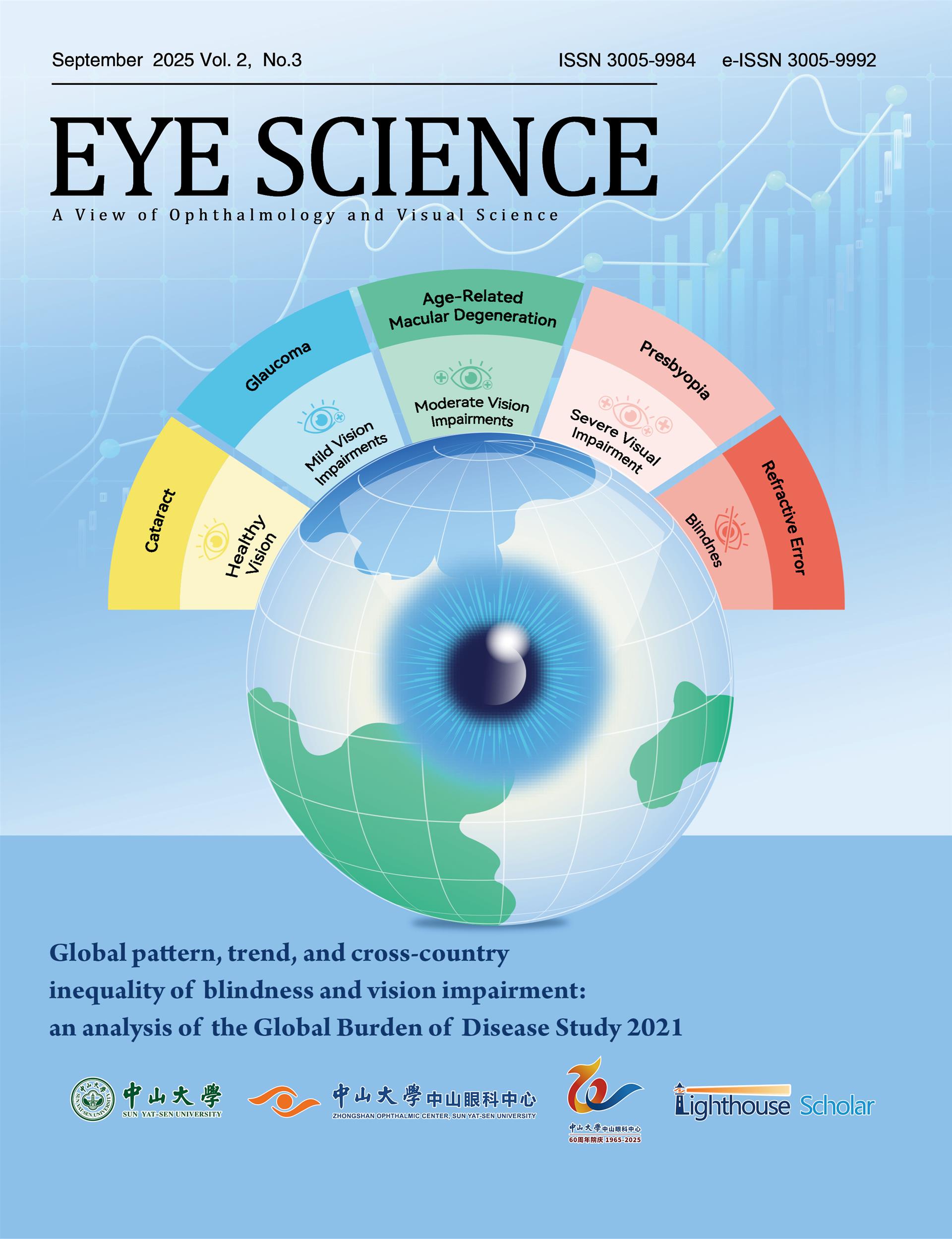Vision serves as the cornerstone of rountine human life activities, wherein approximately 80% of information is perceived visually. Eye diseases, however, frequently culminate in vision impairment or blindness, severely affecting the quality of life. Due to the obscurity of the underlying molecular mechanisms, therapeutic outcomes for various blinding eye diseases remain suboptimal. Over the past decade, the development of single-cell genomics technology has made it possible to obtain multi-dimensional insights into genomes, epigenomes, transcriptomes, and proteomes of tissues and organs at the single-cell level, providing a potent tool for elucidating the molecular mechanisms of eye diseases and advancing precision diagnosis. Meanwhile, single-cell genomics technology has also been harnessed in drug discovery and screening, promising to transform traditional drug development paradigm that is often characterized by high cost [1], time-consuming [2], and substantial failure rate. This review aims to describe the cutting-edge advances in single-cell omics technology and its applications in precision diagnosis of eye diseases as well as drug discovery and screening.

















